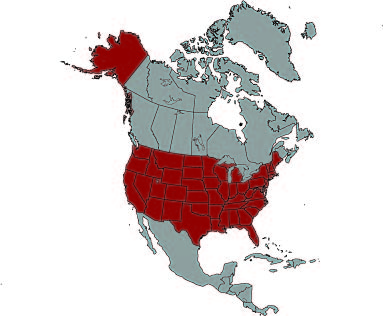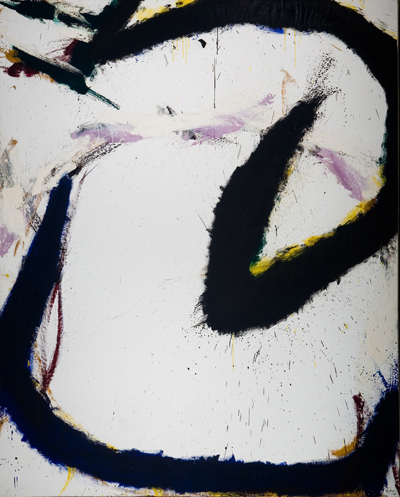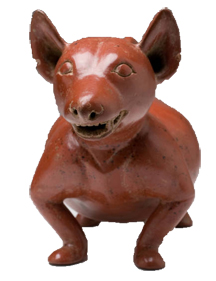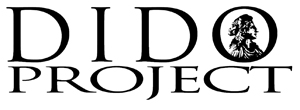

Shortly after World War II, New York City became the center of attention in the art world. The hard times of the Depression and the war led artists such as Norman Bluhm, a former fighter pilot, away from traditional ideas and the artistic styles associated with them. The Surrealist themes of the subconscious and various Post-Impressionist movements made an impact on these American painters.
Artists used two different routes to express their concerns with human irrationality and vulnerability: Action Painting and Color Fields. Action Paintings, such as those by Norman Bluhm, involved dynamic movement on the artist's part. Art critic Harold Rosenberg compared the canvas of an Action Painting to an arena in which a movement takes place. Rather than reproduce an actual or imagined object, Action Painters expressed the feeling of a particular moment. Artists used paint to record their impassioned movements. "What was to go on the canvas," Rosenberg observed in an essay entitled "The American Action Painters" published in 1952, "was not a picture but an event."
Unlike the physically expressive compositions of Action Painting, Color Field Painting sought to arouse a quasi-religious experience. Artists, such as Mark Rothko, chose to reflect memory and nostalgia in their Color Field Paintings. Artists painted the entire canvas in swaths of pure color in an effort to reach the sublime. Both Action and Color Field techniques were often produced on large canvases, which allowed the viewer to feel immersed in the painting.
Norman Bluhm, American (1921-1999)
90 inches H; 72 inches W
Gift from the family of Norman Bluhm
2005.010.000
1941 United States enters World War II.
1945 United States bomb Hiroshima.
1954 The U.S. Supreme Court outlaws segregation.
1969 Neil Armstrong walks on the moon.




